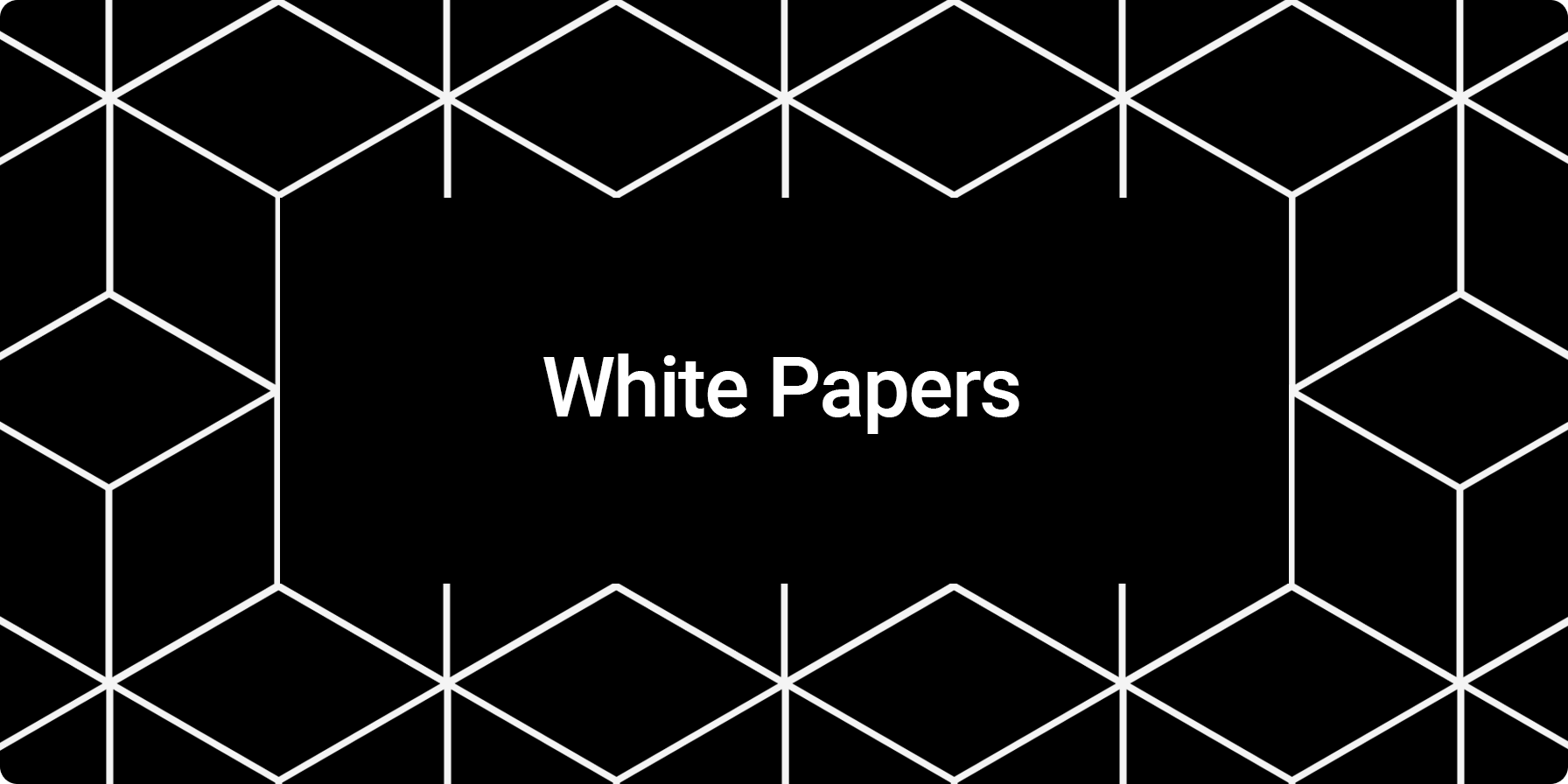WHITE PAPER
What is a Lean Family Office?

7 Principles for a smarter, simpler wealth platform
At the very top of the private wealth world, something different happens.
When families reach a certain level of complexity and wealth, business exits, global portfolios, shared ownership, and long-term goals, they don’t rely on scattered advisors or retail-grade financial planning.
They build their own infrastructure, bespoke and completely personalized.
They design tailored systems around their assets, their goals, and their family dynamics. They create bespoke operations that centralize decision-making, formalize governance, and enable the seamless management of everything from investments to philanthropy to succession.
These structures are deeply personal. Highly efficient. And built to last for generations.
They are designed to grow wealth, to protect it, and pass it down.
This is the engine behind some of the most successful generational wealth stories in the world.
It’s called Single Family Office.
And for decades, it’s been reserved for the few who could afford to spend millions annually building a full team around it.
But here’s the shift: More families want that capability. Fewer want the bloat that traditionally came with it.
Until recently, this level of wealth infrastructure was inaccessible to most. The costs were too high, the staffing too complex, the model too rigid.
Today, that’s no longer true.
Thanks to better platforms, smarter technologies, and a new generation of advisors and operators, the core principles behind this elite model can now be adopted without building a traditional single-family office at all.
This is where the Lean Family Office comes in.
What is a Lean Family Office
The Lean Family Office is not a scaled-down version of a traditional structure. It’s a smarter, modular alternative for families who want to manage their wealth with the capabilities of a single-family office, but without the overhead of a traditional legacy institution.
Built on seven key principles, the Lean Family Office is a practical framework for modern wealth creators, founders, operators, inheritors, and global families alike, who want to lead with purpose, protect what they’ve built, and pass it on with confidence.
Whether your assets are $30 million or $300 million, the Lean Family Office helps you think and act like a family office, without having to build one.
Let’s walk through the principles behind the Lean Family Office.
The 7 Principles of a Lean Family Office
Each Lean Family Office is built on seven principles. These are the anchors that turn reactive wealth management into proactive stewardship, without needing a complex structure to do it.
1. Purpose Drives Every Decision
You can’t build or run a family office without knowing what it’s for.
Every Lean Family Office begins with a why. It’s the foundation for your family charter, investment policy, and governance structure. When families are clear on what they’re stewarding toward, alignment becomes easier and strategy becomes sustainable.
2. Governance Shapes Outcomes
Clarity about who decides what—and when—prevents drift and dysfunction.
The best decisions are made when roles and thresholds are clearly defined. Governance in a Lean Family Office includes structured delegation, decision rights, approval protocols, and a rhythm of reviews. It’s not about bureaucracy, it’s about intentionality.
3. Control Starts with a Single Source of Truth
You can’t manage what you can’t see.
A Lean Family Office eliminates fragmentation by consolidating assets, entities, documents, and advisors into one integrated platform. That visibility leads to better oversight, faster decisions, and fewer blind spots. When everyone works from the same data, confidence goes up and confusion goes down. This is the Single Source of Truth.
4. Systems Protect Wealth
Manual memory is fragile. Codified systems are resilient.
Families often depend on key individuals to keep operations moving. But what happens when that person leaves? A Lean Family Office documents critical processes, bill pay, reporting, tax prep, philanthropy, and compliance into repeatable systems that reduce key-person risk and scale effortlessly.
5. Leverage Is Built, Not Hired
Keep the judgment in-house. Outsource the execution.
You don’t need to build a full internal team to operate like a family office. The Lean Family Office model leverages fractional experts, trusted vendors, and outsourced platforms, so you maintain agility and reduce costs without giving up control. This is leverage by design.
6. Risk and Resilience Built In
What breaks under pressure was never built to last.
Families don’t rise or fall on returns alone, they rise or fall on resilience. A Lean Family Office bakes in cyber protections, continuity planning, key-person mitigation, and regular stress testing from day one. It doesn’t wait for a crisis to prepare for one.
7. Legacy Through Evolution
What you leave behind is shaped by how you evolve.
Legacy isn’t something you bolt on at the end. It’s built through intentional education, structured onboarding of the next generation, and governance structures that adapt as the family grows. The Lean Family Office helps families steward not just assets, but decision-making capacity across generations.
Final Thoughts
These seven principles aren’t just philosophical. They’re actionable. They offer a new mental model for wealth, one that’s modern, intentional, and scalable.
The Lean Family Office is not a simplified version of something bigger. It’s a deliberately designed framework that helps families bring order to complexity, without creating unnecessary complexity in the process.
Whether your capital is concentrated or diversified, whether your team is two people or ten, this model allows you to operate with the same discipline and foresight the world’s most sophisticated families rely on — just without the institutional drag.
Articles that you may also be interested in:
- Selecting the Right Structure for Your Family Office
- How Family Office Software is Transforming Modern Wealth Management
- Comprehensive Software Solutions for Family Offices
Disclaimer
FundFront provides operational and technological solutions for fund structuring, securitisation and management. We do not provide legal, tax or financial advice. We recommend that you consult with professional legal or financial advisors to ensure compliance and appropriateness for your specific situation.
Written by:


